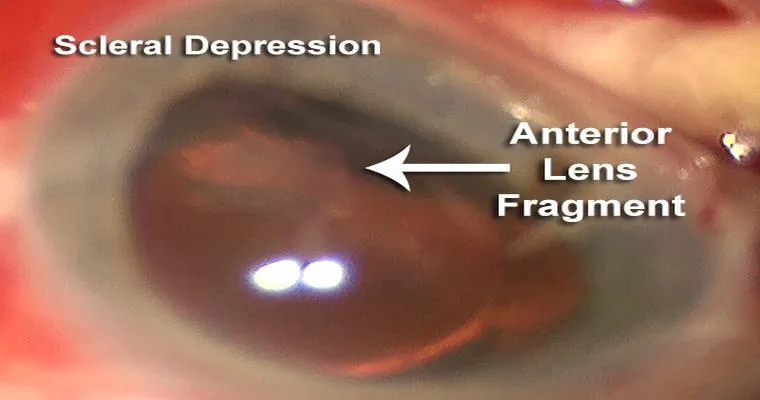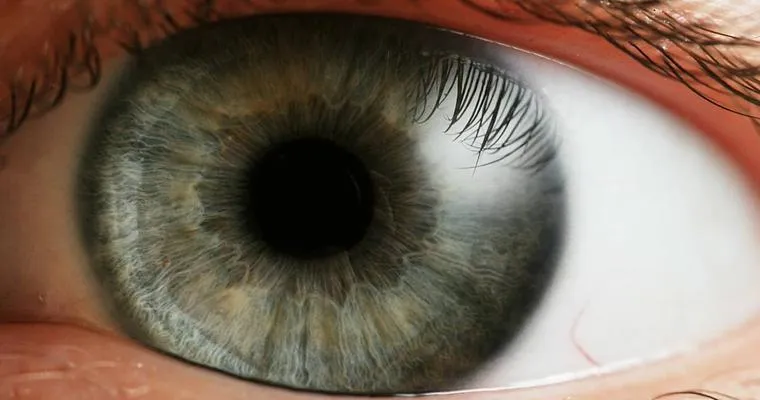Cataract surgery is one of the most commonly performed surgical procedures worldwide, helping millions regain their vision each year. However, like any surgical intervention, it comes with its own set of risks. One such risk that often raises concern among patients is the possibility of "retained fragments of the lens". Understanding the prevalence and implications of this condition is crucial for anyone considering cataract surgery.
During cataract surgery, the cloudy lens of the eye is removed and typically replaced with an artificial intraocular lens (IOL). While the procedure is generally safe and effective, "retained lens fragments" can occur if small pieces of the natural lens remain in the eye after surgery. This complication can lead to various issues, including inflammation, increased eye pressure, or even vision loss if not addressed promptly.
The occurrence of retained lens fragments is relatively low, with studies indicating that it affects approximately 1 to 2 percent of patients undergoing cataract surgery. However, certain factors can increase the risk of this complication. For example, "advanced cataracts", particularly those that are dense or nuclear sclerotic, can be more challenging to remove completely. Additionally, patients who have undergone previous eye surgeries or who have certain anatomical variations may also be at a higher risk.
Surgeons often take precautions to minimize the likelihood of retained lens fragments during the procedure. This includes thorough pre-operative assessments, utilizing advanced surgical techniques, and employing high-quality equipment. Despite these measures, the risk cannot be entirely eliminated, which is why post-operative follow-up is essential. Regular check-ups allow for the early detection of any complications, including the presence of retained fragments.
If retained lens fragments are detected after surgery, further intervention may be required. This could involve a secondary procedure to remove the remaining pieces, which can often restore the patient’s vision and alleviate any associated symptoms. It is important for patients to be aware of the signs of complications, such as persistent pain, blurred vision, or increased sensitivity to light, and to report these to their eye care provider immediately.
In summary, while "retained fragments of the lens" are a potential risk in cataract surgery, they are not exceedingly common. Awareness of this risk, along with understanding the factors that may contribute to it, can help patients make informed decisions about their eye health. By choosing experienced surgeons and adhering to post-operative care recommendations, patients can minimize their chances of experiencing this complication and enjoy the benefits of clearer vision after cataract surgery.





